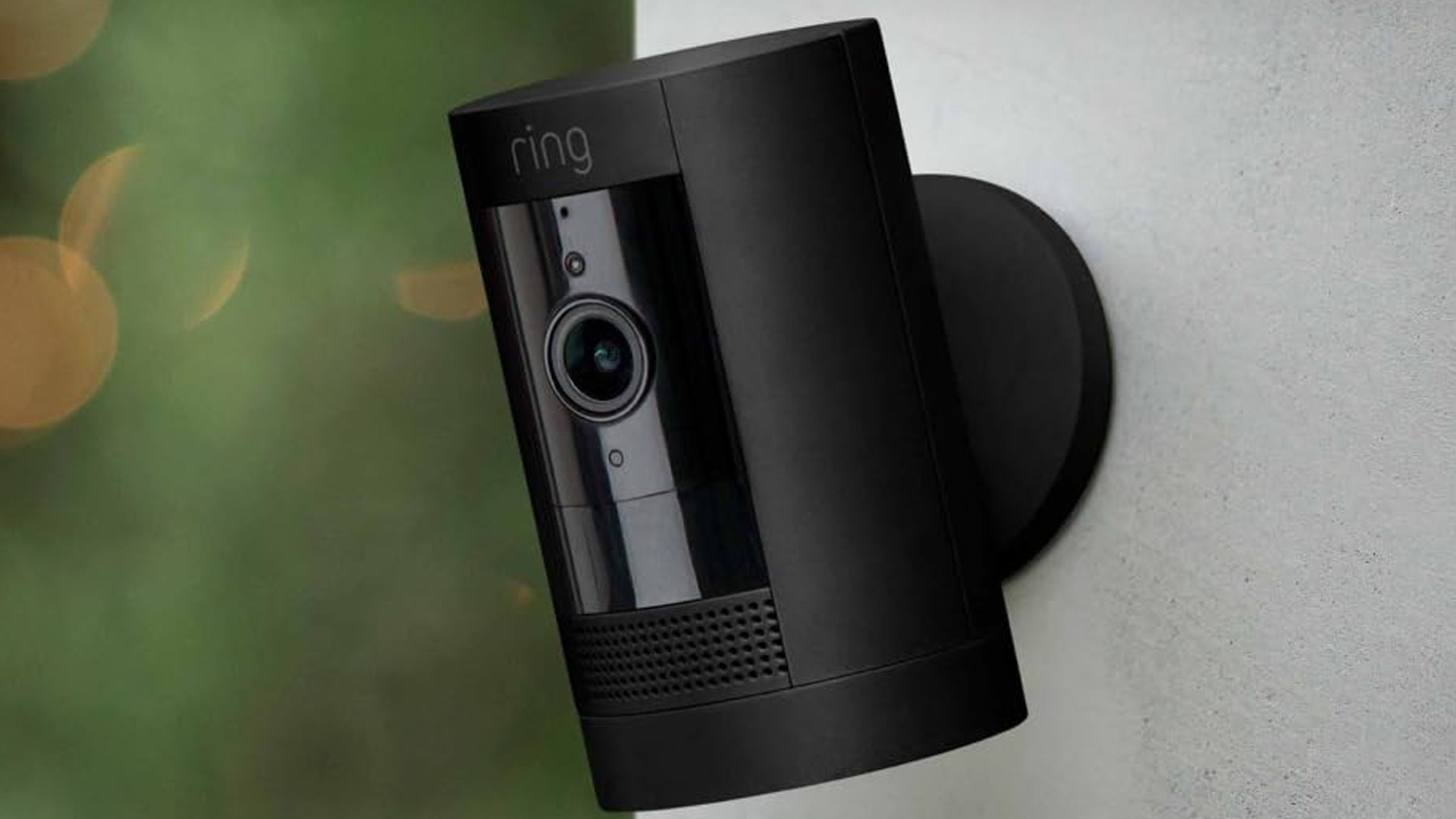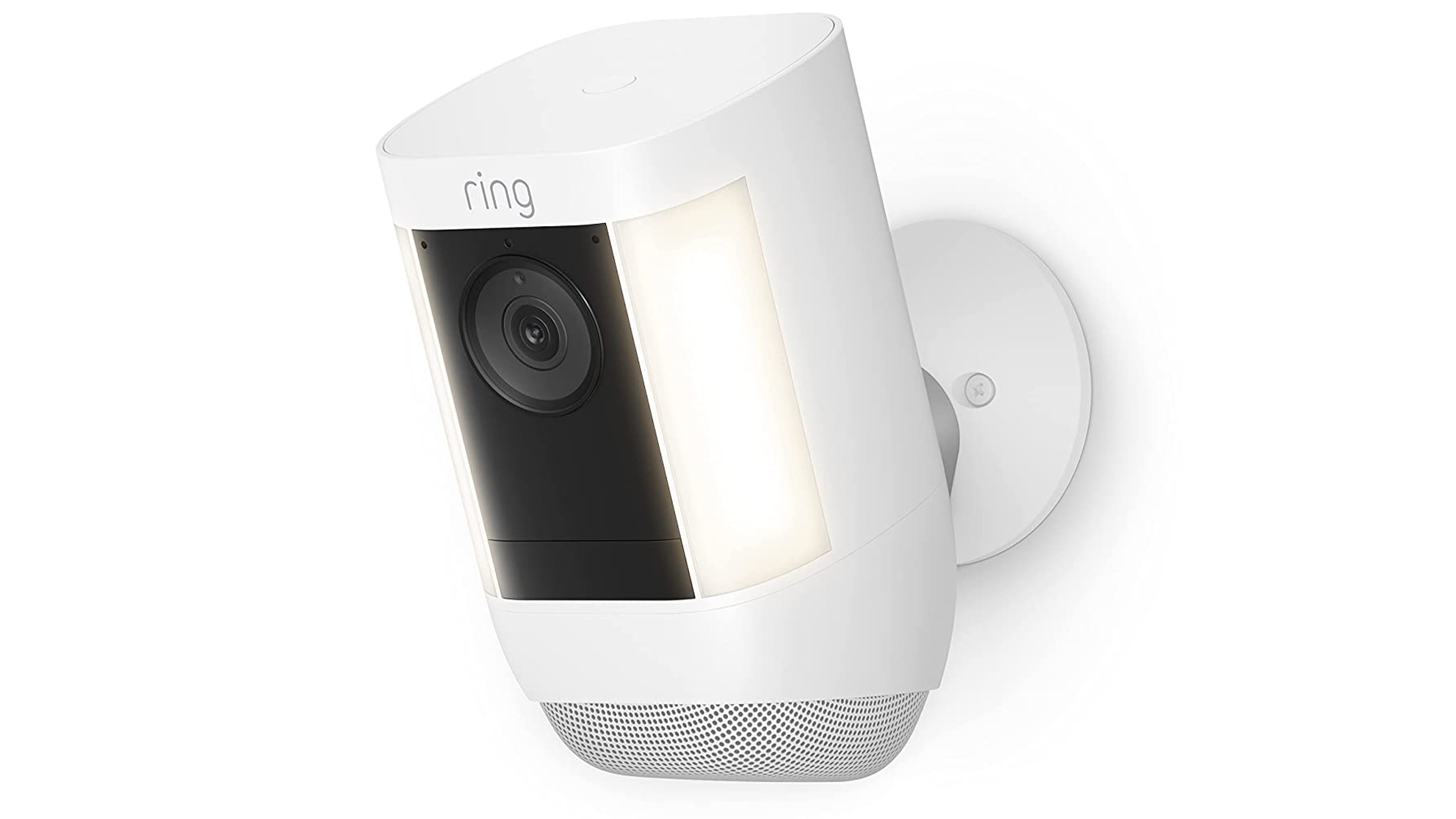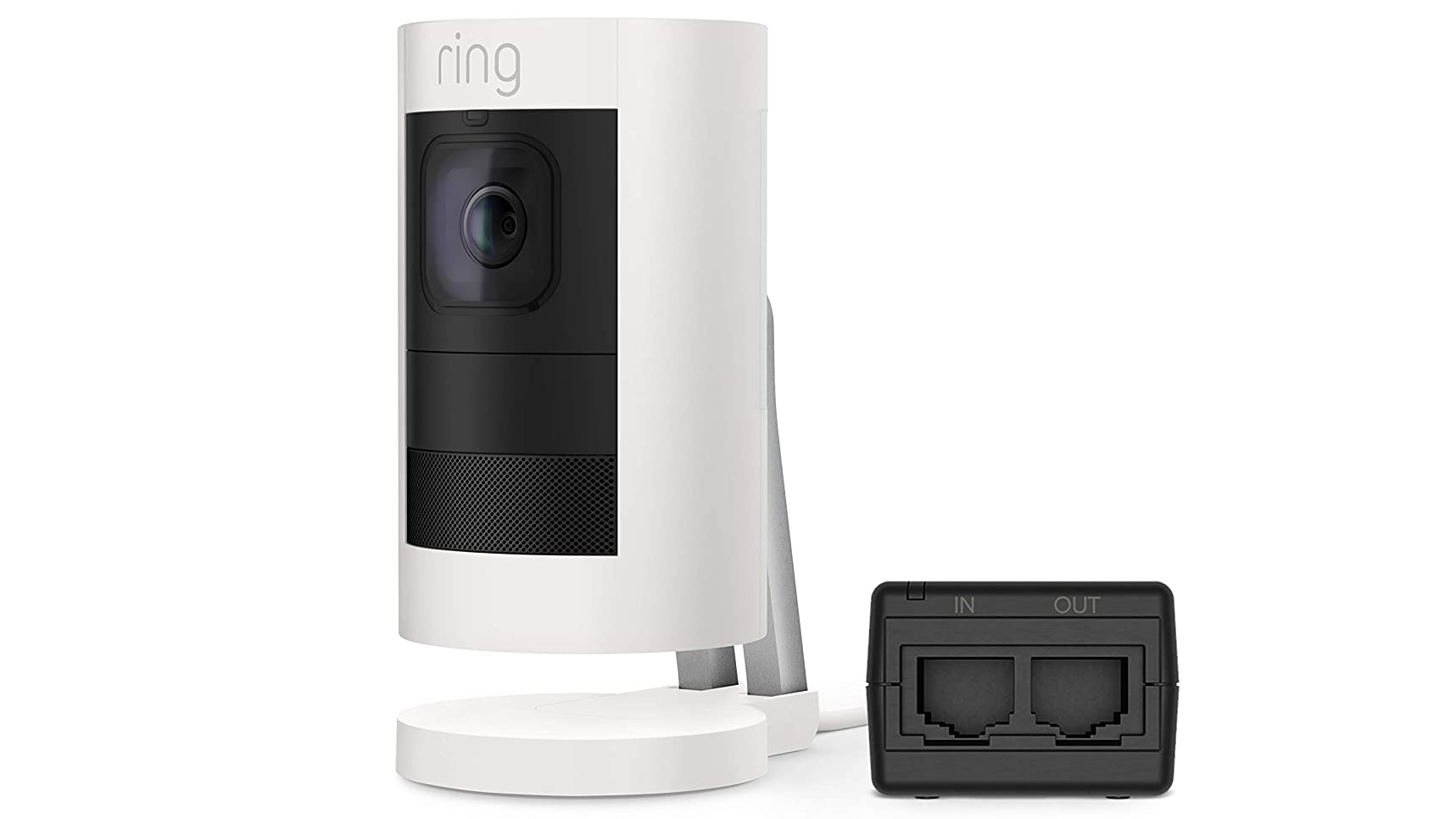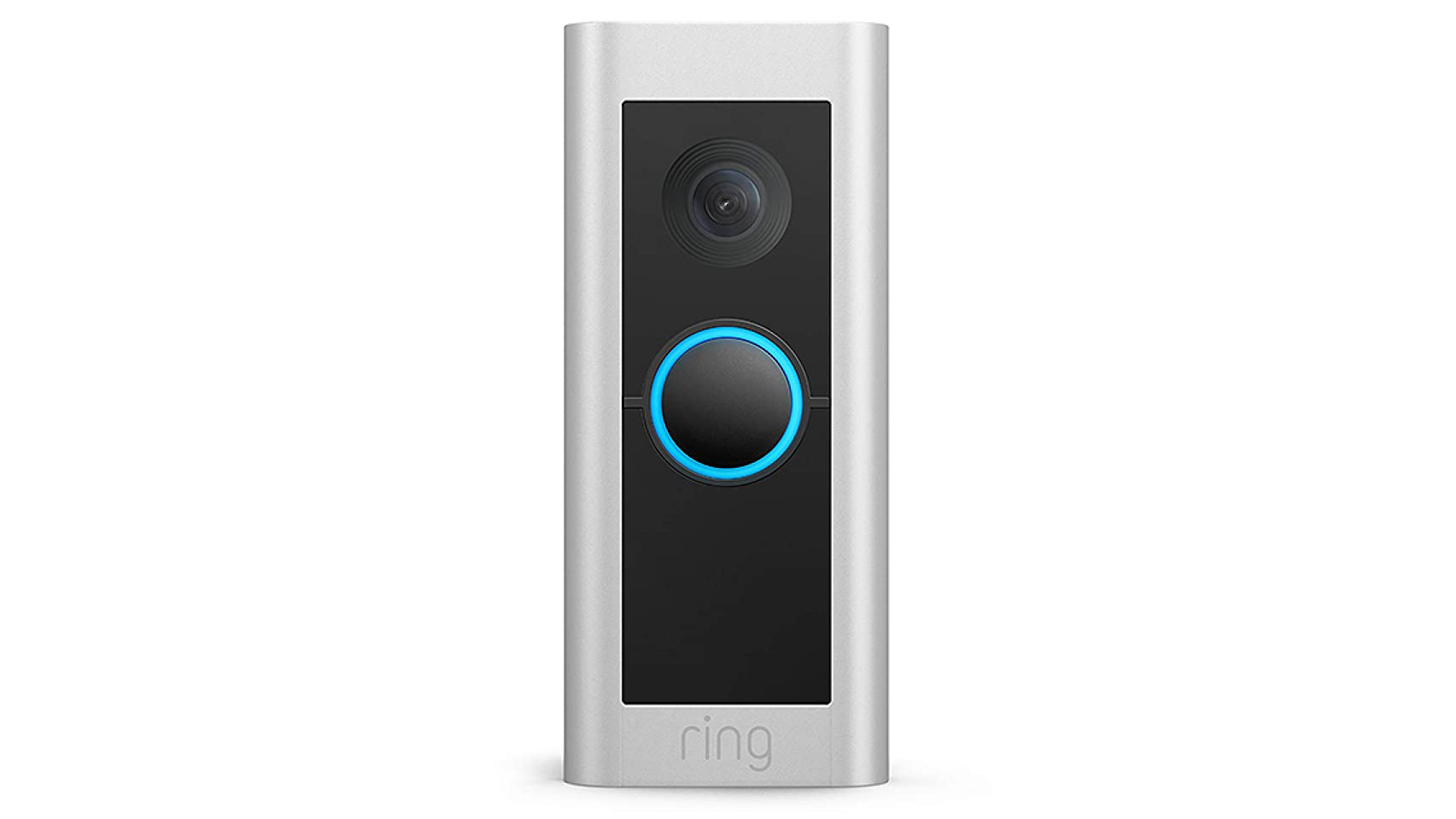Best Ring camera: Amazon’s security options made clear
Looking for an addition to your Ring system to take advantage of big deal days? Here are the stand-out choices!
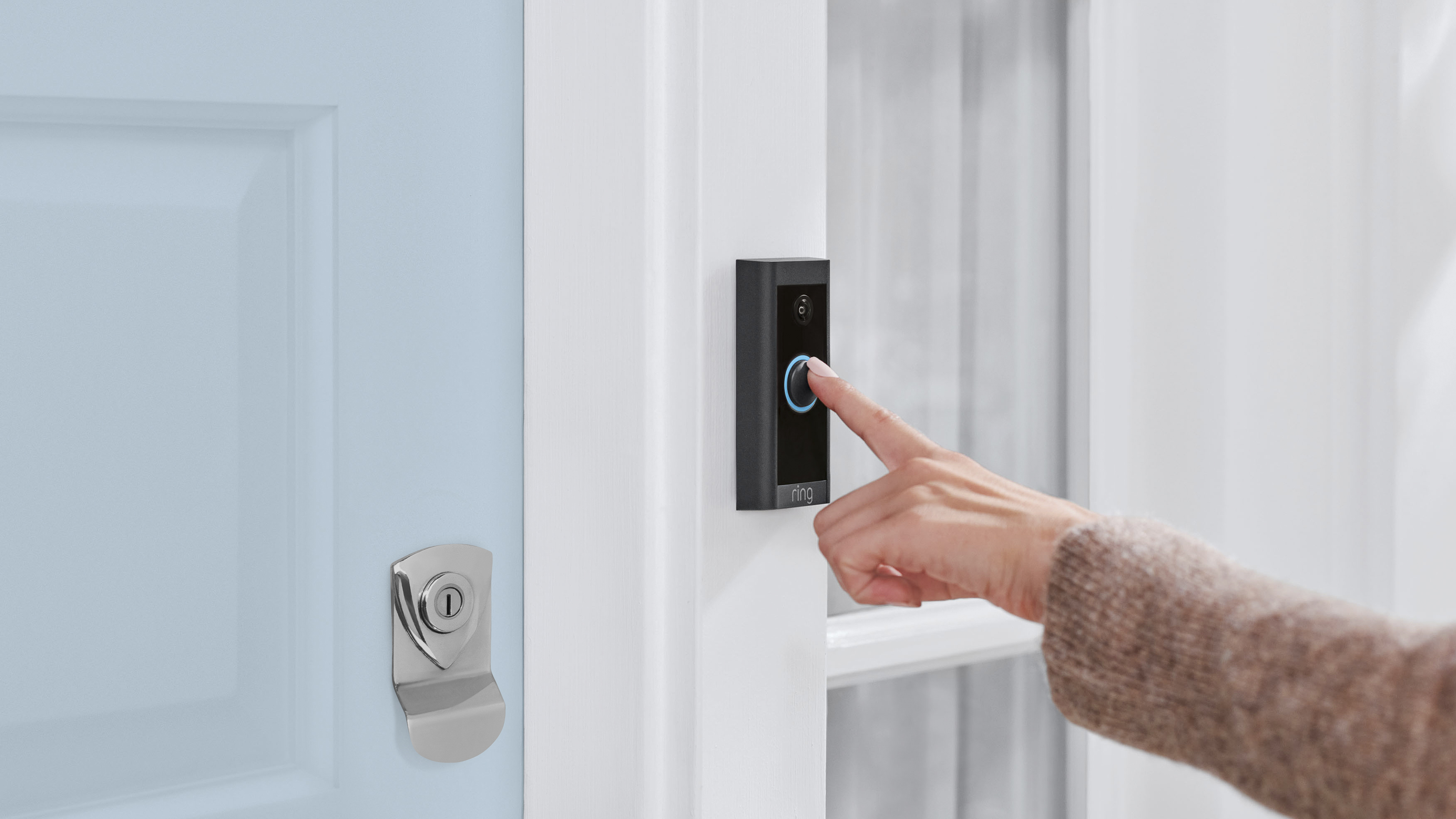
The best Ring cameras & doorbells can keep your space secure, helping you to sleep better at night and stop porch pirates. The Amazon-owned company offers a lot of choice, so which is really the best choice – it might be deal season, but take a breath before buying!
Ring isn't really about a single camera or doorbell either – it's about building a system around the app. All Ring cameras and doorbells are easily operated via an iOS or Android app, and are integrated with Alexa and Echo but not so friendly with other systems (see the FAQ).
All the cameras on this list offer a live view, two-way communication – meaning you can see 'through' your phone and talk through a speaker in the camera. Features like weatherproofing, how they draw their power, sensitivity, and how they are installed separate them.
All, however, will gain a lot of functionality from subscription – there are two options for subscription; Ring Protect Basic ($3.99 / £3.49 per device) or Protect Plus ($10 / £8 for unlimited devices) which were last increased in 2022. The system even has AI searching, so you can ask to see clips of foxes or people in red tops. (Competitors offer alternatives to this ecosystem, with other pricing structures – see our best indoor cameras to get a feel.)
Here, we'll pick out the best choices for different situations (and budgets) within Ring's system, many of which we've tried ourselves in my hom, which uses Ring cameras (there are links to our full reviews). Most of the cameras are available with a choice of black or white bodies; we’ll leave the aesthetic to you, but just remember the option will be there at the retailer’s site.
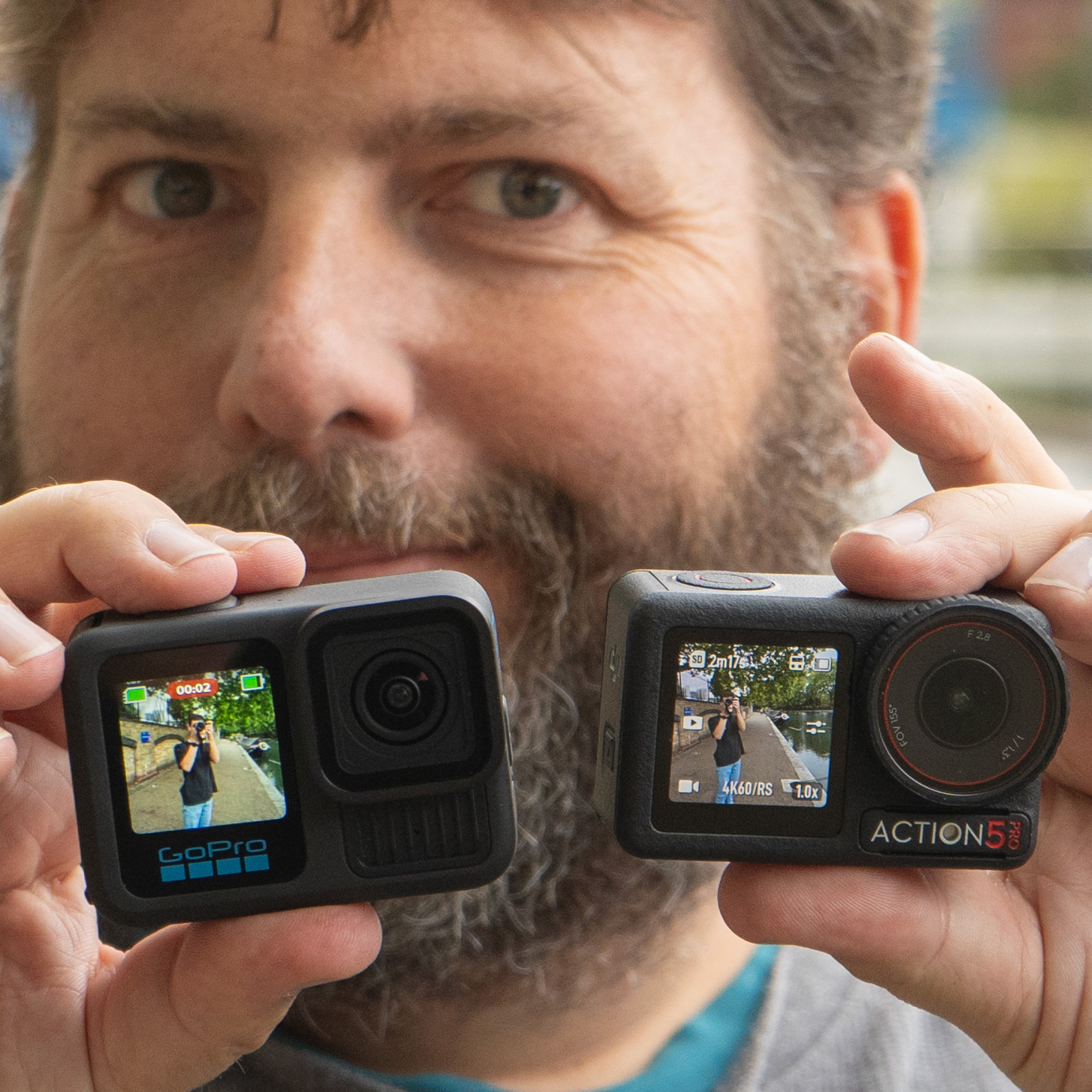
Adam is a fan of tech; he's well known as a drone expert, but he is also a longstanding smart home enthusiast, having deployed it since the early days. In fact he literally wrote the book on it – the Smart Smart Home Handbook – for major publisher Hachette, and lives in a home protected by numerous Ring devices.
Quick List
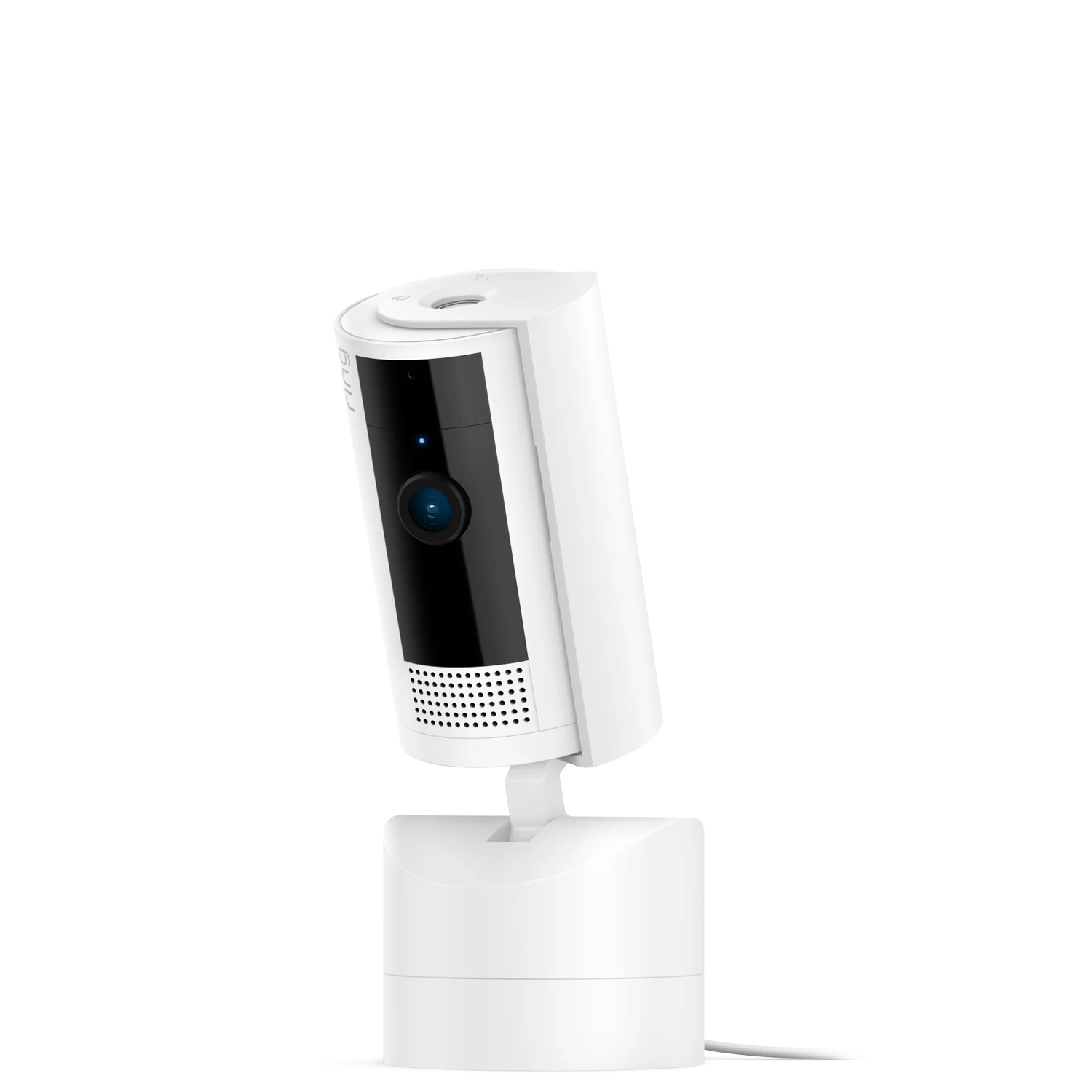
Feel powerful by turning the camera from anywhere with the app to look around the whole room.
Read more below...
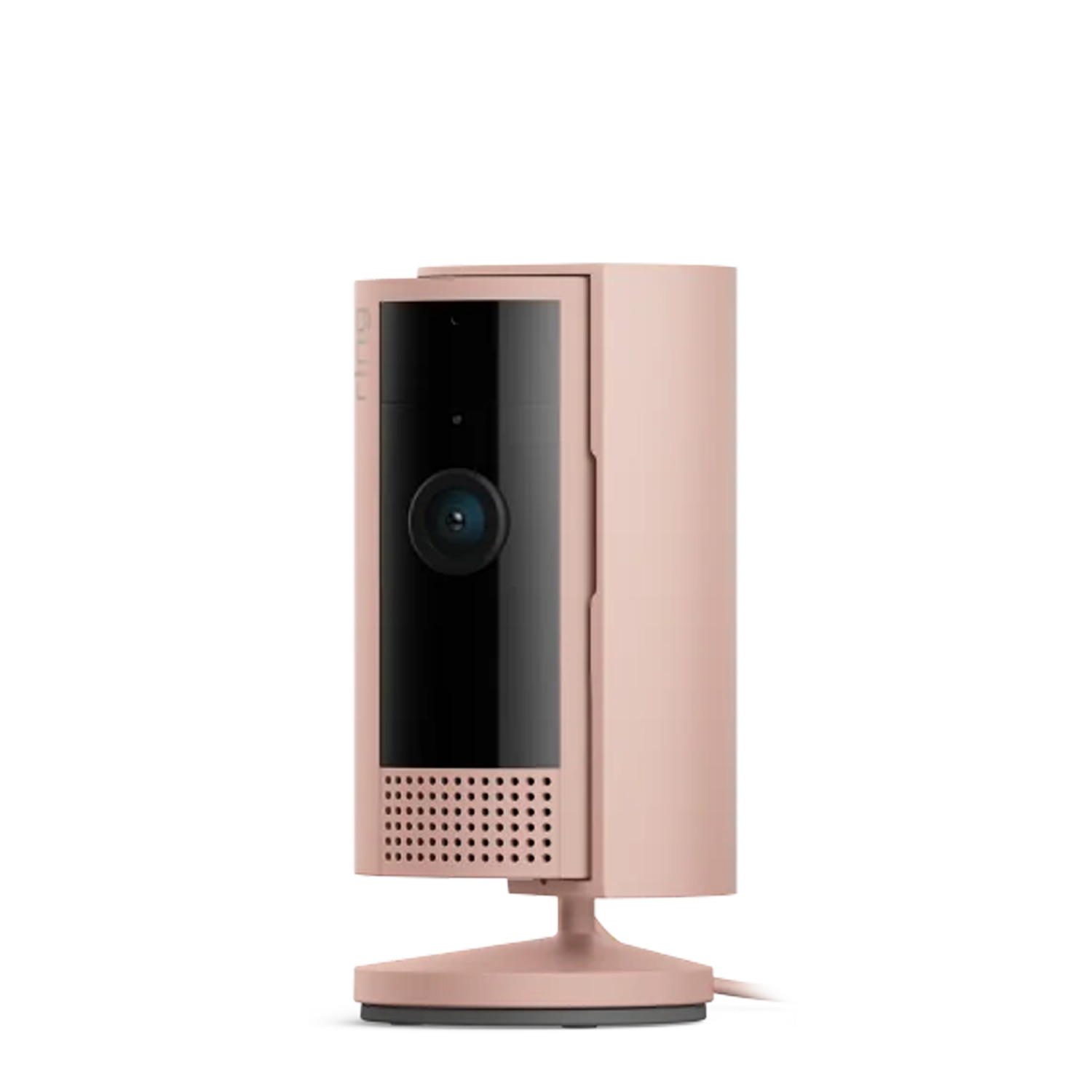
In a range of 5 colors, this is a cheap but effective camera that affords a room-wide view and a tactile privacy guard.
Read more below...

High-end sensors mean you decide how close someone gets before you get an alert; great if your door is near the street.
Read more below...

Looking very similar to the Battery Pro, and equally easy to fit anywhere, this cheaper option still does the key basics – and can be installed without wires!
Read more below...
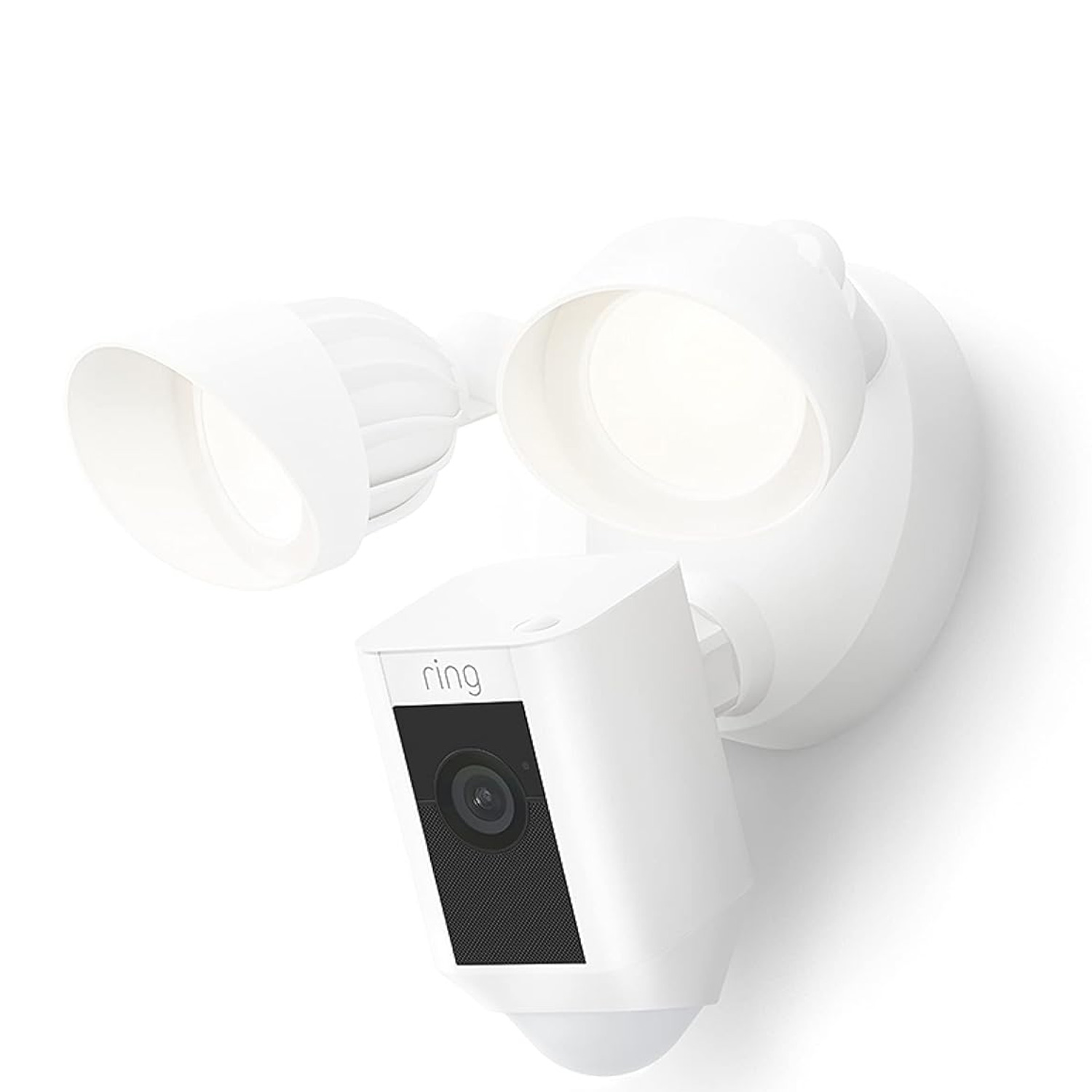
If you've got power, then you can have a powerful floodlight AND a built-in security camera (with siren, if you choose).
Read more below...
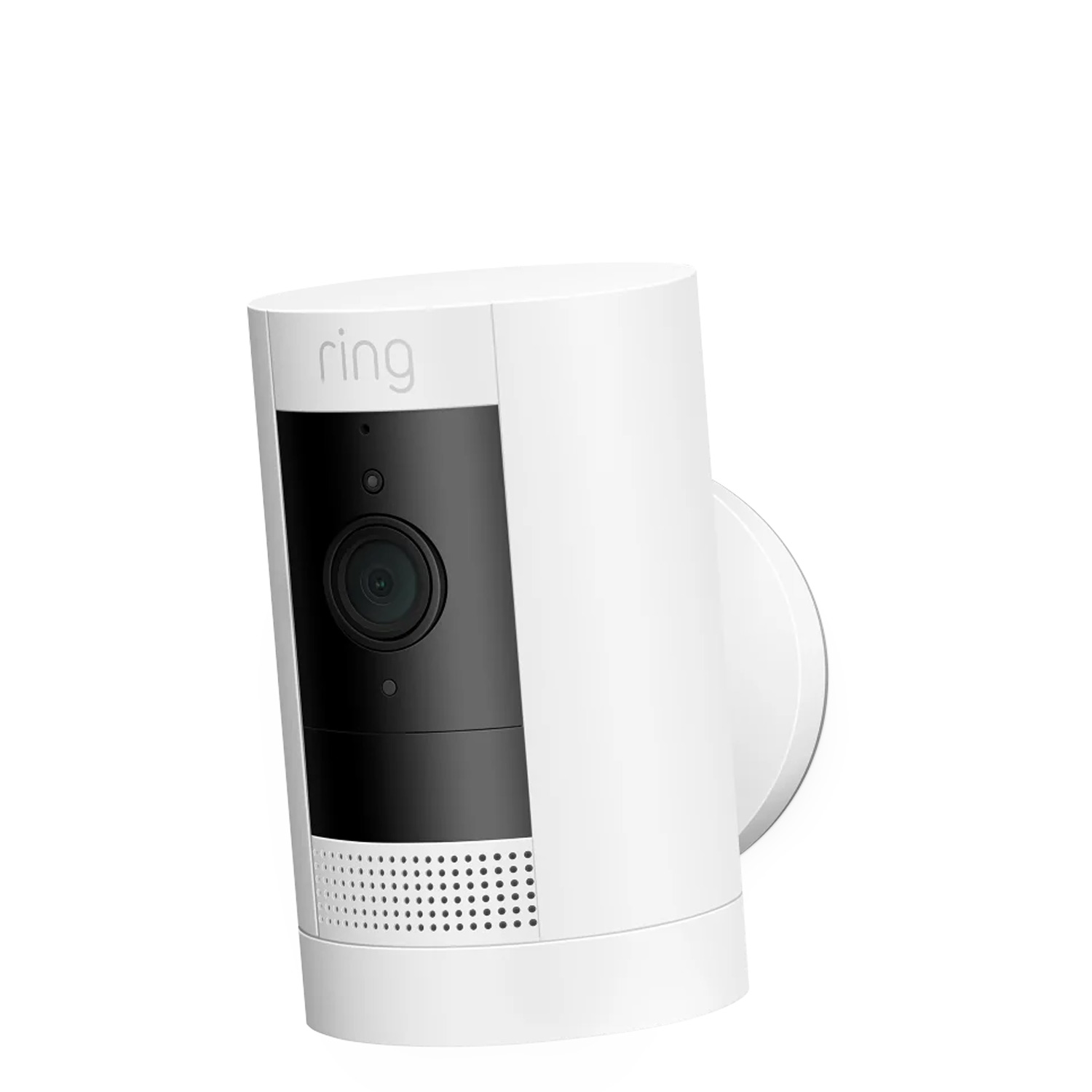
This is a cheap outdoor cam (especially in deals season) which is easy to fit thanks to the battery
Read more below...
Best Ring cameras in 2024
Why you can trust Digital Camera World
Best Indoor Camera
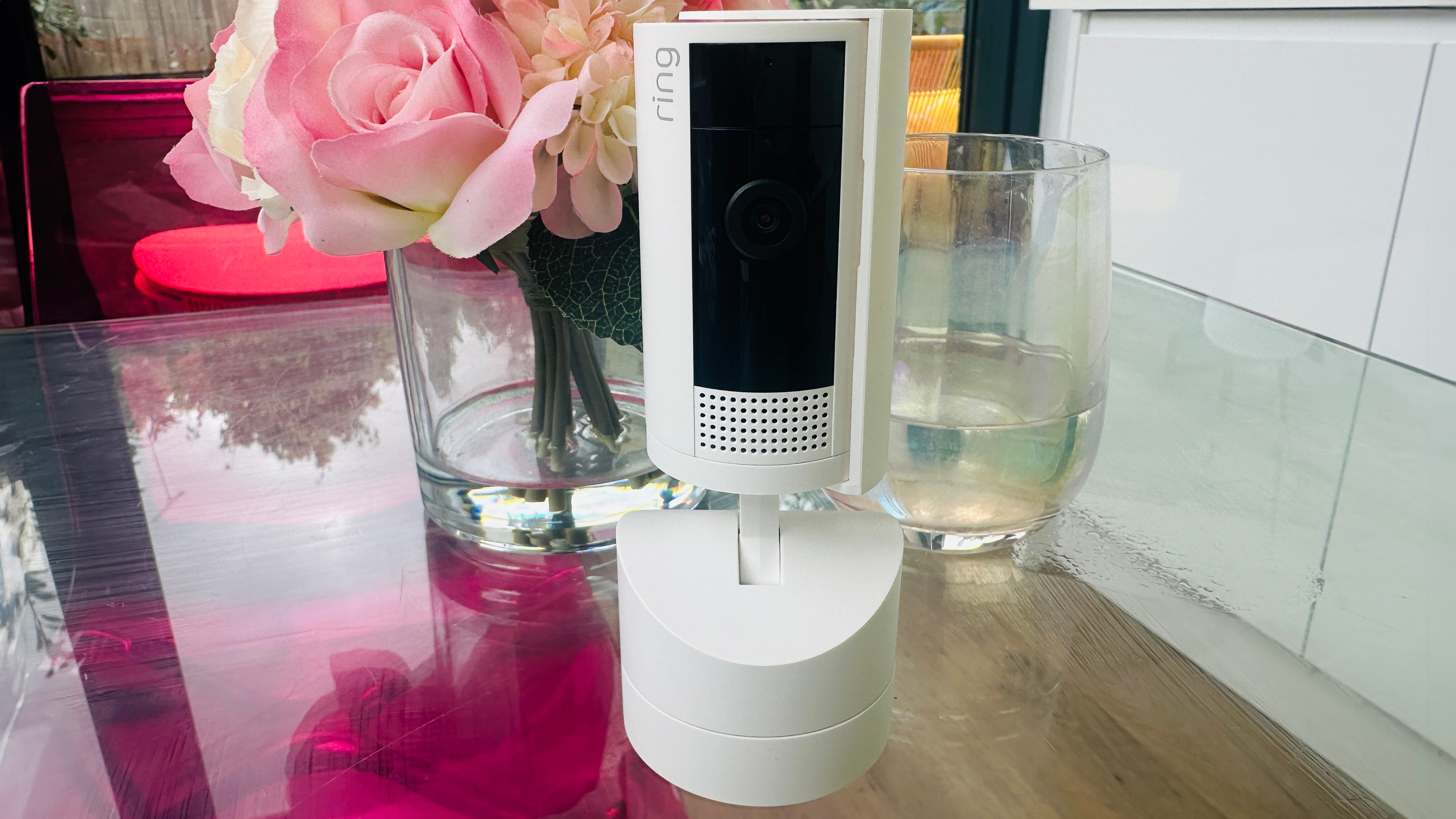
1: Ring Pan Tilt Cam
Our expert review:
Specifications
Reasons to buy
Reasons to avoid
The luxe feeling of the camera fits in with a home, and the person detection prompts are effective, but it's still quite cheap to buy despite the bonus addition of a fun – and functional – pan and tilt base. If you've got a big room and mischievous pets (or latch-key kids) then this is a more appealing choice than littering a room with several standard Indoor cams.
My faincée and I use one of these as part of a collection of Ring cameras – and indeed she wrote the original full review, saying "Overall, it's a good addition to my collection of Ring devices." One word of warning – if you unplug it and plug it in again, the motor will move the camera around a bit, which is a little annoying; you may need to re-position and it might bump into things if you've left it near other things in your home.
Read more: Ariane's Ring Pan-Tilt Indoor review with sample images & video
Best Value Camera

Specifications
Reasons to buy
Reasons to avoid
Simple to install anywhere near a power outlet, the Indoor Cam is a high-end security device with a good, sharp 130-degree lens. A really nice touch is that if you choose the black finish, a black power lead is supplied. Go for white and you get a white lead. In other words, it should match your décor. Plus if you or your guests are concerned about privacy then, for complete trust, there is a physical cover which, when rotated over the lens, also switches off the mic.
Because it's a powered camera, the Indoor Cam offers Ring’s pre-roll feature for subscribers (clips feature a few seconds before the triggering moment), making it an ideal security camera. The two-way talk system means it can be used as a child monitor with the option to check in on (or sing to) the little ones remotely. Unlike the next on our list, though, the camera is not weatherproof.
See our full Ring Indoor Cam review
Best Doorbell
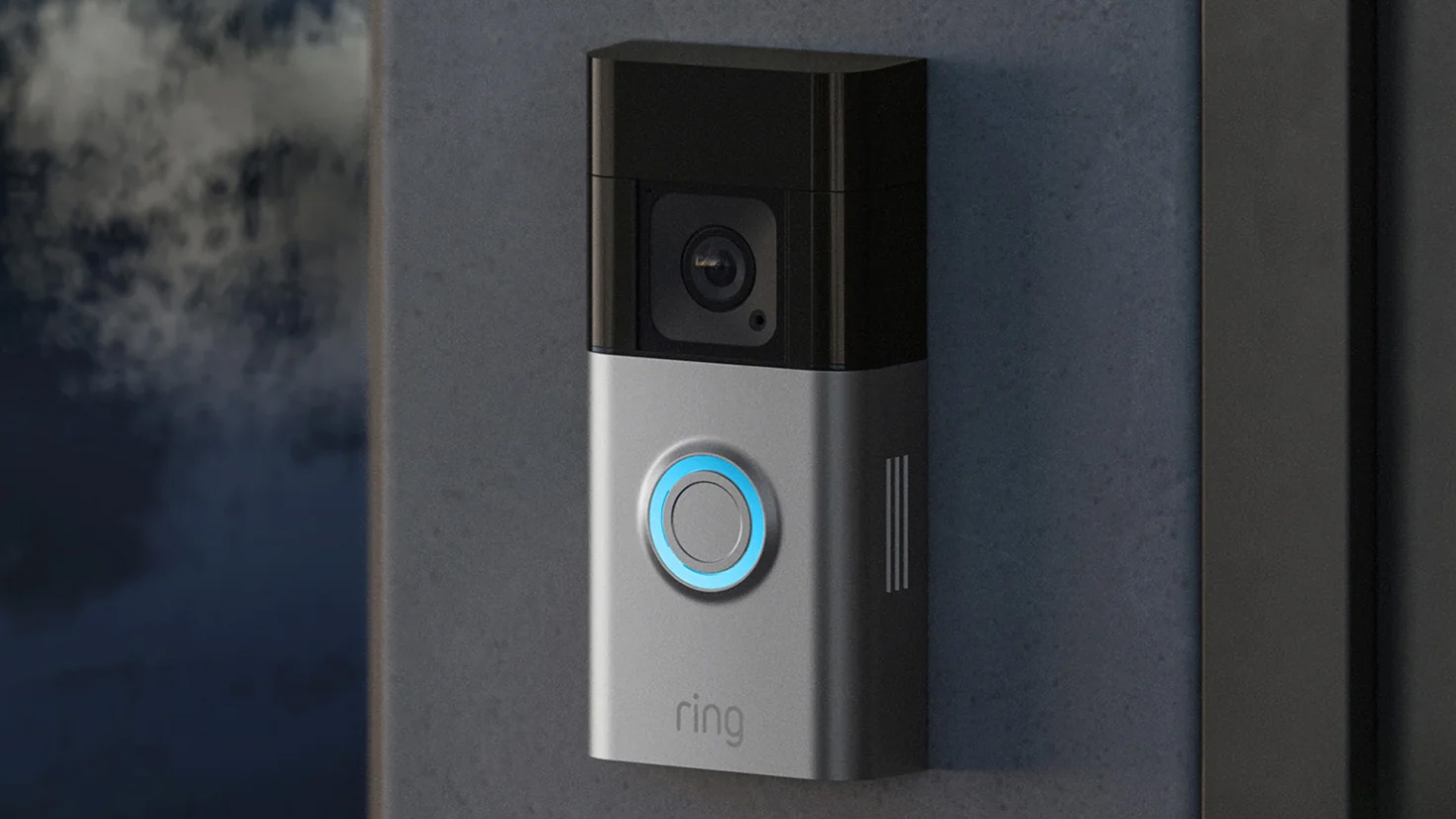
3: Ring Battery Video Doorbell Pro
Specifications
Reasons to buy
Reasons to avoid
If you're looking for a Ring doorbell you can fit easily on any home (because it doesn't need fixed wiring if you don't have it available) then this is a great choice. That's also handy if you live in a flat or apartment and the landlord hasn't provided a fixed system, not least because you can add a Ring Chime if you don't want to rely on your phone.
What I like about this variant of the Ring doorbell is the tech the company call '3D Motion Detection' which allows you to set up 'Bird's Eye Zones' for alerts. In practice, the benefit is that – if you have a tiny front garden like me, you can set the device not to alert you unless someone actually sets foot on your property.
The single square camera with high resolution is also a good touch as it lets you see a decent amount of facial detail as well as the doormat, and the addition of a 5GHz band means you've got more reliable wall penetration for your wi-fi.
Read more: I am ashamed to admit I've got the device, but I've still not finished my full review. I did cover the release of this product as a news story.
Best value doorbell
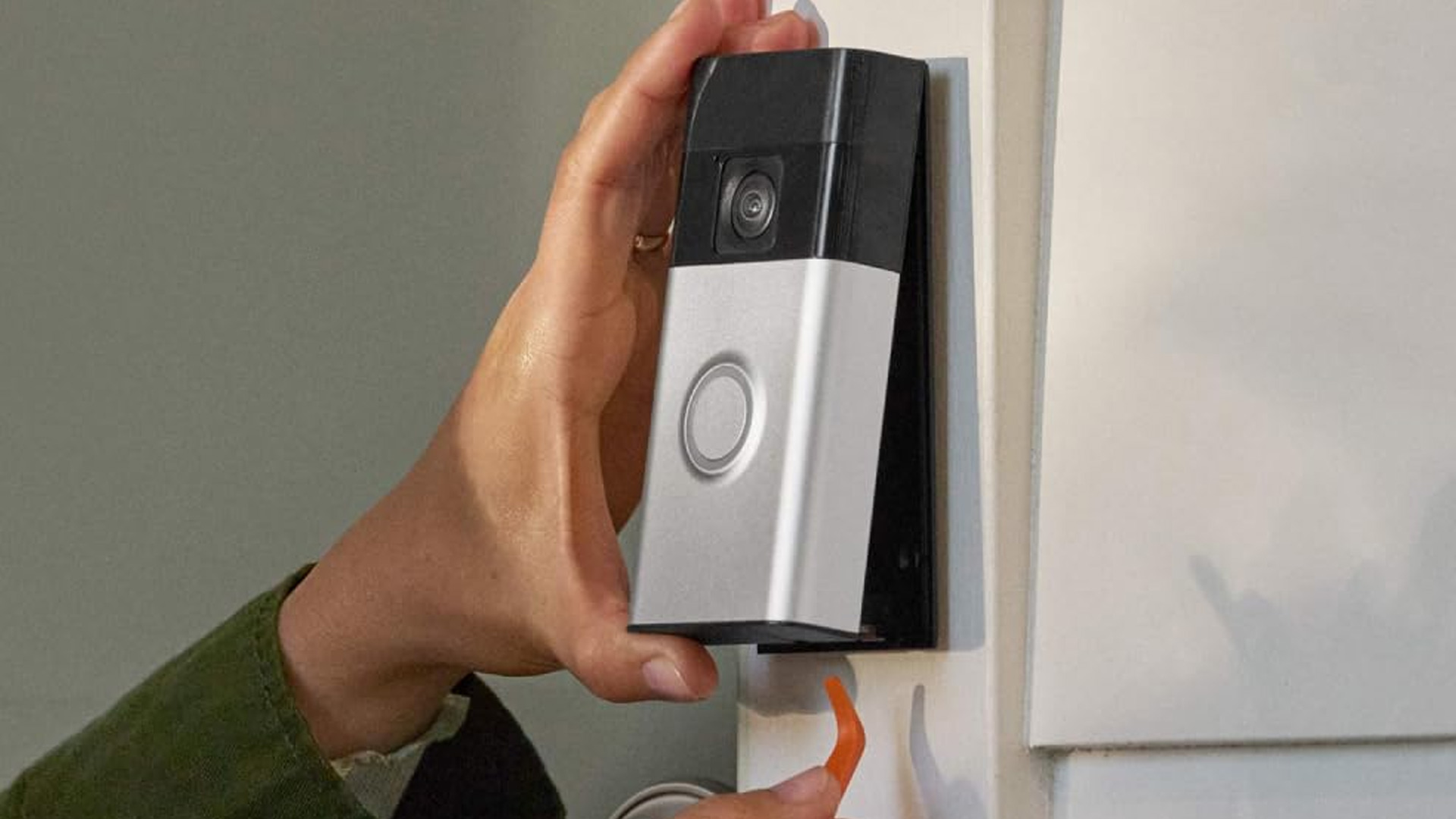
4: Ring Battery Video Doorbell Pro
Specifications
Reasons to buy
Reasons to avoid
Ring's Battery Video doorbell might not have all of the brand's latest features, but it can still deliver a better than HD video (or, more accurately, an HD feed from a slightly higher-resolution camera that can digitally look up and down to see head-to-toe). That's what most people want from a video doorbell.
It's not actually the cheapest option from Ring – it's slightly more expensive (and slightly chunkier) than the non-battery option, but it doesn't require your home to be wired with a low-voltage doorbell cable. It can still use a cable (and existing chime) if you have it, but many people don't have these and it's nice to be able to install a system without.
Best floodlight Cam
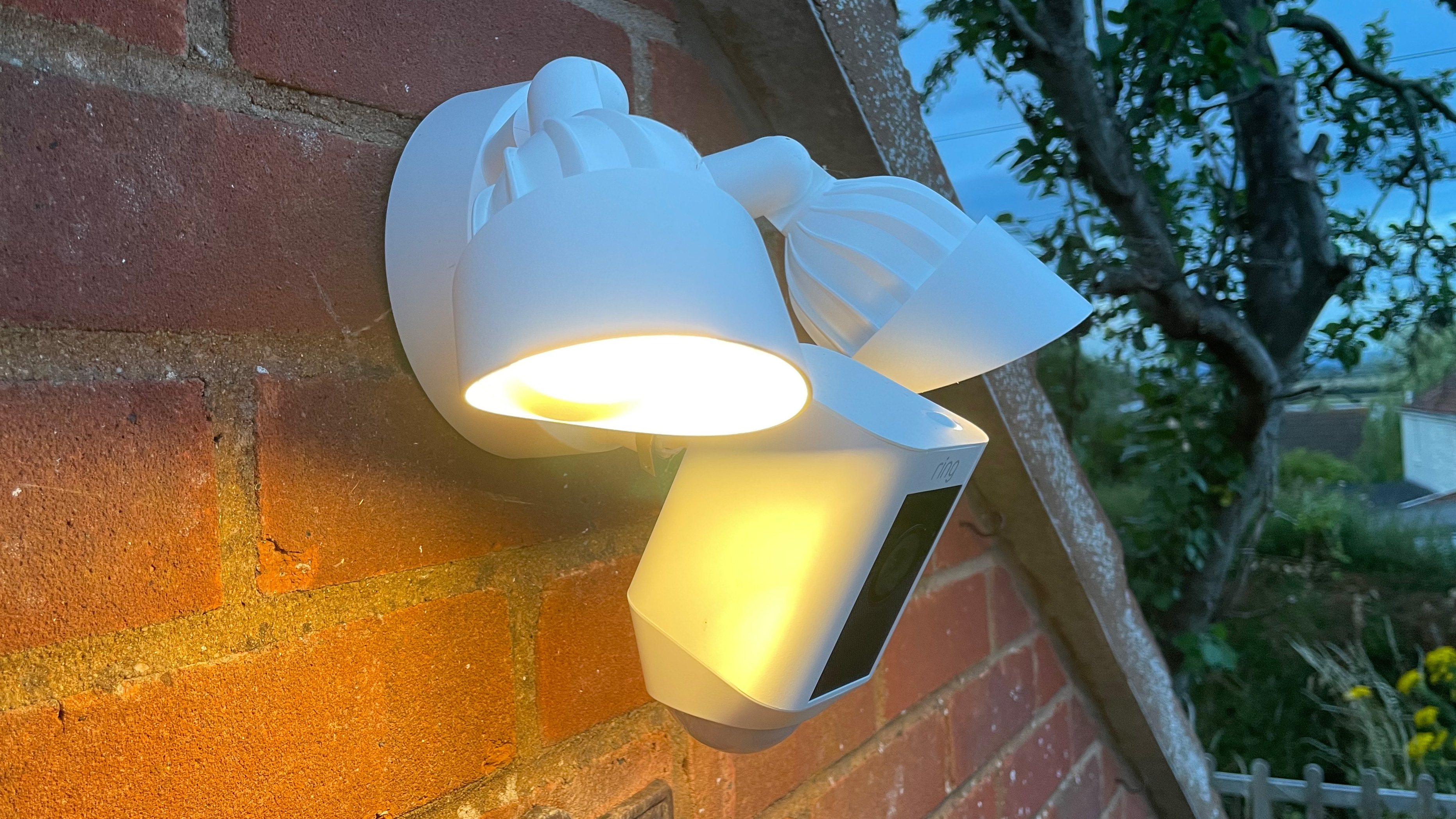
5: Ring Floodlight Cam Wired Plus
Our expert review:
Specifications
Reasons to buy
Reasons to avoid
This is one of the two options for permenant (hardwired) floodlights from Ring which is the more sensibly priced if you ask me (though you do have to forego the impressive 'radar' distance tech which does have some advantages, especially if your light is near the border of your property and you don't want to be triggered by your neighbors (not something that seems to bother my neighbors in the big city with their cheap PIR sensor lights!)
Anyway, though neither myself nor my dad – who had this fitted to his garage to test it – were convinced by the benefits of recording sound from a floodlight position, it is otherwise a powerful replacement for a traditional lamp which offers extra security.
Oh, and if you'd prefer black don't wory - you can choose color at Amazon.
Read more: See our full Ring Floodlight Cam Wired Plus review
Cheap outdoor camera
6: Ring Stick Up Cam
Specifications
Reasons to buy
Reasons to avoid
Sometimes listed as the “Stick Up Cam Plug-In,” this camera has a slightly narrower field of view compared to the Indoor Cam, which makes sense when targeting a door or driveway and retaining detail.
It also features Ring’s Color Night Vision feature, which adds tone to those areas of night where some ambient light is available, andd where traditional security video would be entirely mono.
The Ring Stick Up Cam ships with a power adapter of up to 6.8m (20ft), which can be run from an indoor socket, giving plenty of DIY options. Overall, this is a great choice for a low-maintenance system in which the installer isn’t afraid of running cable.
The battery pops out of the bottom to be recharged, and Ring will gladly sell extra batteries, so you can maintain near-continuous coverage. But positioning in a high place will be problematic.
Taking the opposite perspective, anything you can reach, so can others. So, should you come to re-think matters, you can always get a power adapter and turn the camera into (effectively) a Stick-Up camera with battery backup.
See our full Ring Stick-Up Camera Battery review
Spotlight without wires
7: Ring Spotlight Cam Plus
Our expert review:
Specifications
Reasons to buy
Reasons to avoid
The Spotlight Cam Plus combines the deterrent of an infra-red garden light with the security advantages of the Stick-Up Cam. Like the Pro version, it is available as battery, wired or solar-backed, and the bright(ish) lights mounted in either side of a weatherproof unit mean night-time video clips caught by the system are crisper. The IR sensor, though, means it can only be mounted from a rear-mounted fitting, so it is less portable than the Stick-Up, and more like a traditional security camera in that regard.
The battery-powered version incorporates a quick-release design with room for two of Ring’s 3,000mAH battery packs, while the camera features advanced motion detection with customizable motion zones and a security alarm you can choose to set off once you’ve checked the alert on your phone (rather than have it automatically annoy your neighbors every time).
It is a little cheaper than the Pro version and lacks only the 3D motion detection, pre-roll, and 5GHz wi-fi so is a good alternative if you want to save a few pennies. Spend a bit more and you’ll get better control over false alerts but the same 1080P.
See our full Ring Spotlight Cam Plus review
8: Ring Spotlight Cam Pro
Specifications
Reasons to buy
Reasons to avoid
Released for late 2022 in plug-in, wired, battery and solar-powered variants offers radar-based motion detection from which it can detect the distance of a triggering event. This is used, with an aerial map, to create an overhead bird’s eye view. A nice feature but a bit gimmicky – until you realize it also plays a part in reducing false alerts. It gives you more options when it comes to indicating areas to ignore, which is very handy.
You also get color pre-roll and dual-band wi-fi (not offered by the Spotlight Cam Plus) for your extra $30. The camera might be only 1080P, but has a good 140˚ horizontal field of view, night vision and HDR.
Power is connected to a USB-C socket in the base, and the wired version comes with 18ft (5.5m) of cable, and the lights manage over 500 lumen. The battery bay has space for two standard ‘Ring’ batteries, which gives you the option of a longer life from a battery type you might already have.
Ring for PoE
9: Ring Stick Up Cam Elite
Specifications
Reasons to buy
Reasons to avoid
Traditional security camera companies haven’t stood still as Wi-Fi cloud connected cameras have entered their space. A technology called PoE (Power Over Ethernet) provides wired connections for digital video, and the Stick Up Cam Elite uses the same system to side-step any tricky Wi-Fi dead zones you might have in your home.
A single cable to the device, which is weatherproof, splits into a power lead and an Ethernet cable, which you can connect to a PoE router. This also makes it easy to upgrade to Ring cameras from a PoE system, although for indoor use the USB adaptor in the box might be an easier option.
The Elite also offers a different perspective: a wider field-of-view lens than its siblings, which might suit some locations around your property.
Simple Doorbell
10: Ring Video Doorbell Wired
Specifications
Reasons to buy
Reasons to avoid
With a very affordable price tag, you’d expect the Ring Video Doorbell Wired to be somewhat disappointing in terms of features. But if you’re able to provide wired power, it has one big advantage over some of its siblings: its compact size thanks to the absence of a built-in battery.
You can nominate an Alexa device as a Chime, or acquire one as an accessory from Ring. We appreciated the wide field of view though. Since it's traditional landscape, it's better suited to seeing a group than spotting any parcels left on the matt. Plus it features noise cancellation for clear two-way conversations, and even captures six-seconds pre-roll for events.
11: Ring Video Doorbell Pro 2
Specifications
Reasons to buy
Reasons to avoid
While the idea of a ‘Pro’ moniker might seem somewhat odd for a doorbell, it does have a lot of great features. These include Quick Replies: pre-recorded messages like “sorry I’m not in” which you can play with a tap when alerted by the app. You also get Alexa integration.
Mostly, though, the pro quality is evident in the 1536x1546 pixel square video, which allows you to even see something left on the mat in fair detail. It’s got pro features as a security camera too, including the 3D sensing system in the Floodlight Camera that lets you see how people behave on your territory. The Pro 2 also includes the latest ‘Audio+’ improved noise cancellation and a corner installation kit.
Note the difference, though, between ‘hardwired’ and ‘plug-in adaptor’ versions. The former is for doorbell wiring direct to a consumer unit, whereas the latter provides cabling and adapter to connect to an AC socket.
Ring accessories
Best Ring accessories
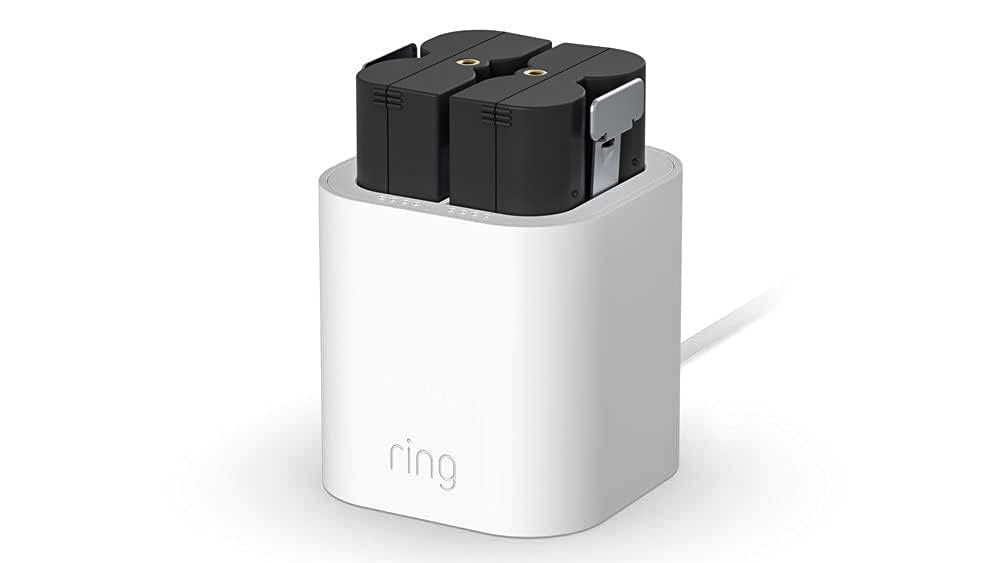
Ring Batteries
Ring has stuck firmly to its standard Quick Release Battery Pack across the range, which has a couple of advantages.
For one thing you can keep a single spare for multiple Ring devices. Keep it charged ready for whichever Ring product you need to refresh, then swap and charge the other. They’ve even managed to use the battery in their Spotlight Camera, even though it has higher power needs, by using two bays.
Secondly the consistency has spawned third party accessories (though Ring also offer their own Ring Charging Station).
Ring security devices
Ring’s range of devices, based around a Ring Alarm base station, can be used to establish a traditional alarm system. This can integrate with the motion-sensing ability of Ring’s camera devices. Other options include a keypad to enable and disable the system, contact sensors to detect door openings, motion sensors (without cameras) and a range extender.
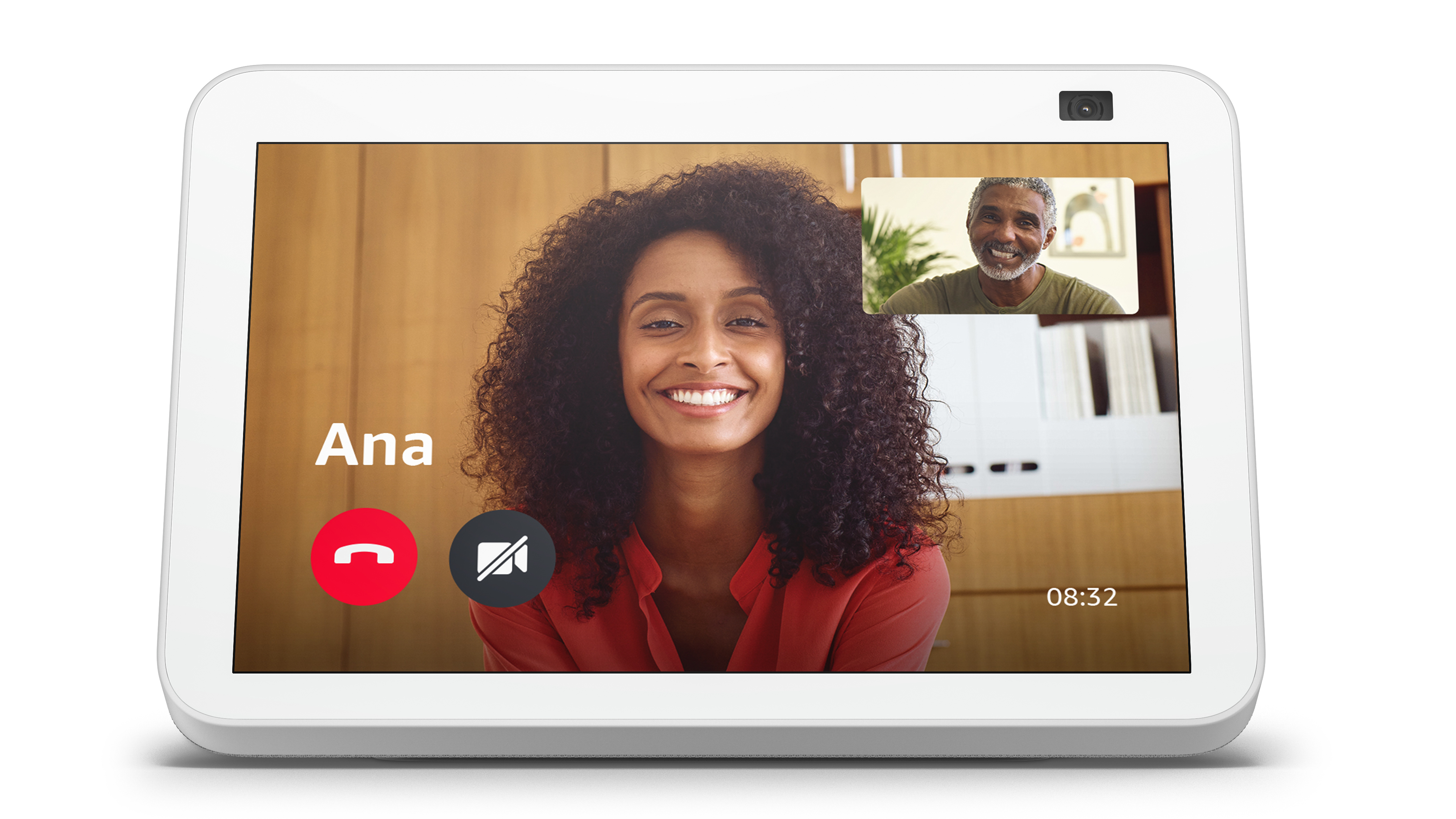
Alexa and Echo Show devices
Ring is compatible with Alexa devices, which can be used as a voice entry phone and as a chime for the doorbells. If you don’t have a fitted doorbell chime, this is a handy way to side-step installation.
Ring devices are often bundled with an Echo Show. This is a device in Amazon’s Alexa family offered with various display sizes. With the Ring devices, it offers the capabilities of a video entry phone, atop the other Alexa features.
FAQ
What systems does Ring work well with?
Ring integrates well with Alexa and Echo (more on that in the FAQ) and Ring’s own security alarm systems. On the downside there is no cooperation with Apple’s HomeKit or Google’s Assistant so, beyond the apps, you’ll be kept in Amazon’s ecosystem.
Then again, for the most part, we live in apps these days, and using Ring devices in the app on my iPhone is fine for me and those I live with.
We have a separate guide to the best HomeKit cameras which might be a better choice for Apple fans (and save you money on subscriptions in the long run if you already have Apple iCloud).
Read more:
Best outdoor security cameras
Best indoor security cameras
Best PoE cameras
Best HomeKit cameras
Best doorbell cameras
Best fake security cameras
The best camera deals, reviews, product advice, and unmissable photography news, direct to your inbox!

With over 20 years of expertise as a tech journalist, Adam brings a wealth of knowledge across a vast number of product categories, including timelapse cameras, home security cameras, NVR cameras, photography books, webcams, 3D printers and 3D scanners, borescopes, radar detectors… and, above all, drones.
Adam is our resident expert on all aspects of camera drones and drone photography, from buying guides on the best choices for aerial photographers of all ability levels to the latest rules and regulations on piloting drones.
He is the author of a number of books including The Complete Guide to Drones, The Smart Smart Home Handbook, 101 Tips for DSLR Video and The Drone Pilot's Handbook.
